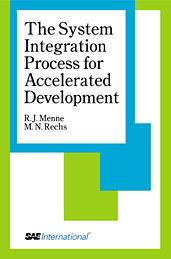Technical Paper
Controlled Auto Ignition Combustion Process with an Electromechanical Valve Train
2003-03-03
2003-01-0032
The current discussion about possible limitation of CO2 emissions makes improvement of fuel consumption a central topic for gasoline engine development. Various technological solutions are available to realize this improvement. Concepts featuring direct fuel injection, engine downsizing and unthrottled control of engine load with variable valvetrains are currently considered the most promising ways to achieve this goal. Further concepts that are under development include Controlled Auto Ignition (CAI) and homogenous lean burn combustion as well as certain combinations of these technologies. Within the European market, direct injection is currently the most popular solution. The drawback is that a very expensive exhaust gas aftertreatment system is necessary to keep exhaust emissions within legal limits.

